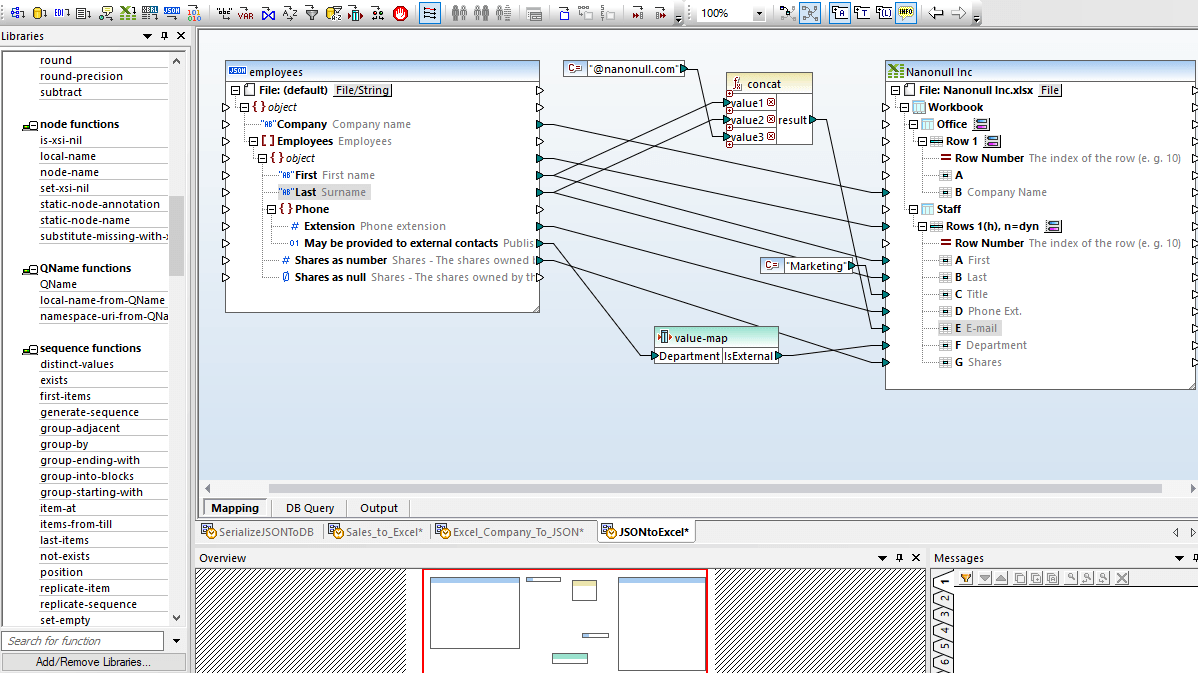


Chapter 10: Extracting JSON values using JsonPath.Chapter 9: Parsing and creating JSON objects using Gson.Chapter 8: Parsing and creating JSON objects using mJson.Chapter 6: Transform XML documents using XSLT.Chapter 4: Parsing and creating XML documents using StAX.Chapter 3: Parsing and creating XML documents using the DOM.


I use the debugger to identify data field types, file offsets, and lengths. Why XML and JSON?īefore XML came along, I wrote software to import data stored in unrecorded binary formats. Next, I'll show you two ways to convert XML to JSON using Jackson: the first technique is data binding, and the second is tree traversal. Using SAXON for XSLT/XPath makes it easier to access features like grouping, which I'll demonstrate. String xml = xmlMapper.First, I'll show you how to override Xalan, a standard XSLT implementation of Java 11 with an XSLT 2.0+ and XPath 2.0+ compatible alternative, SAXON in this case. ObjectNode objectNode = jsonMapper.readValue(json, ObjectNode.class) JsonMapper jsonMapper = new JsonMapper() void testXmlToJson() throws IOException " Once we have the POJO, we can write it to JSON format as any regular class. After we have the XML string, we can use XmlMapper to parse into POJO. We can read the XML from various sources, even from an API call.


 0 kommentar(er)
0 kommentar(er)
